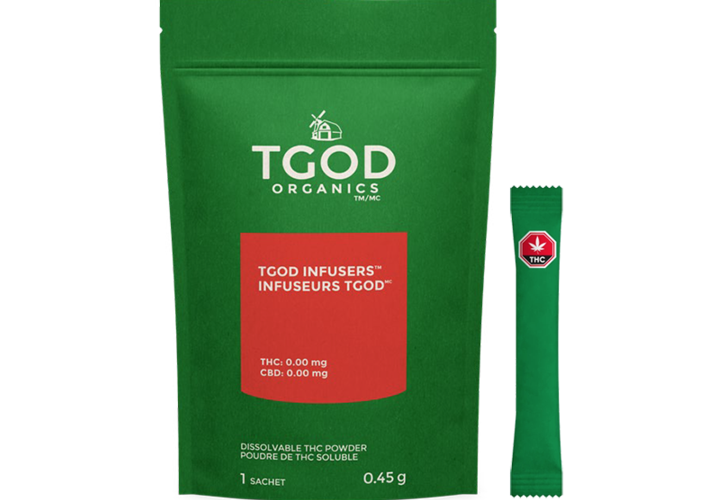You are here
Home 🌿 Recreational Marijuana News 🌿 The limits on how much cannabis you can buy make no sense 🌿The limits on how much cannabis you can buy make no sense

Cannabis drinks are one of the more exciting new products on the Canadian market. With promises of fast-acting edibles and low, cumulative doses — brought to you by celebrity stoners, no less — the idea is that infused drinks could compete with booze for your household budget.
But amidst the excitement, industry insiders are scratching their heads at “cannabis equivalency factors,” which are particularly noticeable when it comes to edibles, such as drinks.
Under the Cannabis Act, individuals aren’t allowed to buy more than 30 grams of cannabis. But when cannabis flower is processed, such as when it’s turned into distillate to add to drinks or candy, Health Canada has to quantify the equivalent amount of cannabis to which that translates, in order to ensure the 30-gram limit is respected by retailers.
But there’s a theory that Health Canada’s equation for measuring this equivalency is broken.
For example: I can buy 1000 pouches of TGOD’s dissolvable THC powder and still stay within my limit. That’s an awful lot of THC, with each containing 10 mg (not to mention the double-plastic packaging it comes in, yeesh). Health Canada equates one pouch, with 10 mg of THC, to 0.03 grams of cannabis flower.
But Seth Rogen’s Houseplant drinks? Each contains 2.5 mg of THC, yet a single 355 mL can somehow equates to 5.5 mg of dried cannabis flower — so good luck trying to get high if you’re already a seasoned cannabis drinker.
André Gagnon, communications advisor at Health Canada, says that the equivalency equation doesn’t factor the THC total, but the percentage of it. They also look at the new form the cannabis has taken — for example, if it’s a solid or liquid — and have assigned cannabis equivalencies to the form, rather than the substance.
“The equivalent public possession limit for low-THC products (i.e., those that contain 3 per cent THC or less) is 450 grams (approximately one pound) when in solid form (e.g., an edible baked good, beverage powder or topical soap), and 2.1 litres when in liquid form (e.g., an edible cannabis beverage or topical spray),” Gagnon writes in an email.
“The equivalent public possession limit for higher-THC products (i.e., those that contain more than 3 per cent THC) is much lower, namely, 7.5 grams or 7.5 millilitres for liquid product forms, including edible cannabis beverages and cannabis extracts such as tinctures.”
It’s confusing, because Houseplant Grapefruit is a low-THC drink — so why is it being treated like a high-THC product?
“The labels on cannabis products, such as edible cannabis beverages, carry an indication of the product’s equivalency to 30 grams of dried cannabis to help consumers comply with the public possession limit,” Gagnon writes. “The equivalencies across classes of cannabis products, draw on lessons learned from, and the limits established by, U.S. jurisdictions that have legalized cannabis. Health Canada welcomes feedback from stakeholders on the legal framework.”
To direct feedback to Health Canada, there’s a form on its website.
420 Intel is Your Source for Marijuana News
420 Intel Canada is your leading news source for the Canadian cannabis industry. Get the latest updates on Canadian cannabis stocks and developments on how Canada continues to be a major player in the worldwide recreational and medical cannabis industry.
420 Intel Canada is the Canadian Industry news outlet that will keep you updated on how these Canadian developments in recreational and medical marijuana will impact the country and the world. Our commitment is to bring you the most important cannabis news stories from across Canada every day of the week.
Marijuana industry news is a constant endeavor with new developments each day. For marijuana news across the True North, 420 Intel Canada promises to bring you quality, Canadian, cannabis industry news.
You can get 420 Intel news delivered directly to your inbox by signing up for our daily marijuana news, ensuring you’re always kept up to date on the ever-changing cannabis industry. To stay even better informed about marijuana legalization news follow us on Twitter, Facebook and LinkedIn.




